Magnifying lens
This 10X magnifying glass, also known as a hand lens in laboratory settings, helps bring small details into focus. Its convex lens produces a magnified image, making it perfect for exploring tiny objects, studying plants, or inspecting intricate textures. A must-have tool for curious minds and budding scientists eager to explore the microscopic world.
- Estimated Delivery : Up to 4 business days
- Free Shipping & Returns : On all orders over $200
Magnifying lens: The Magnifying lens has magnifying Power of up to 10X.
The main material used to make a magnifying glass is metal /wood and Optical Lens.
Diameter : 50mm / 2″
A magnifying glass (called a hand lens in laboratory contexts) is one of the best educational toys to learn it has a convex lens that is used to produce a magnified image of an object which helps in developing kids’ interest in science learning and stem learning. The lens is usually mounted in a frame with a handle. A magnifying glass can be used to focus light, such as to concentrate the sun’s radiation to create a hot spot at the focus for fire starting. An IDEAL gift for kids who loves science toys.
A sheet magnifier consists of many very narrow concentric ring-shaped lenses, such that the combination acts as a single lens but is much thinner. This arrangement is known as a Fresnel lens.
Magnifiers are used to provide fixed magnification to a range of applications such as inspection, quality assurance, or repairing small objects. Magnifiers comprise a selection of devices such as comparators, linen testers, or handheld magnifiers designed to show an enlarged image under inspection. Magnifiers ease the handling or visualization of small objects or materials. A variety of contact reticles are also available to add additional measurement capacity to Magnifiers.
The magnifying glass is one of the most ancient optical (related to the eye) devices known to science. Thousands of years ago Egyptians used chips of crystal or obsidian (a type of shiny stone) to better view small objects.
Most magnifying glasses are double-convex lenses and are used to make objects appear larger. This is accomplished by placing the lens close to the object to be viewed. In this way, the light rays are bent toward the centre of the lens. When these bent rays reach the eye they make the object appear much larger than it actually is. However, if the object is far enough away from the lens, the image will flip, appearing smaller and upside down. The distance at which this flip occurs is twice the focal length (the distance from the optical centre of a lens to the point where the light rays converge) of the lens.
Recommended Age
A great detective science set for age 3 years and above





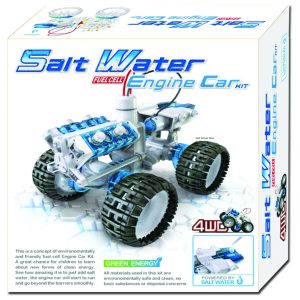

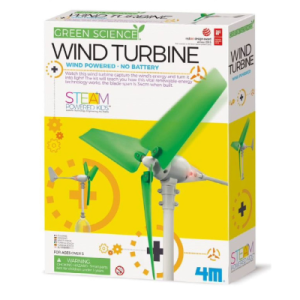



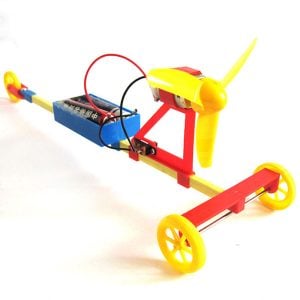









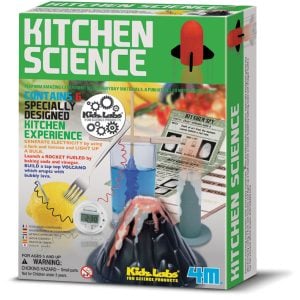 4M Kitchen Science Experiment Kit
4M Kitchen Science Experiment Kit 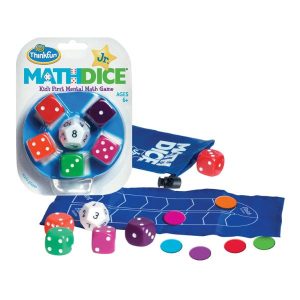 Math Dice Jr. Game
Math Dice Jr. Game 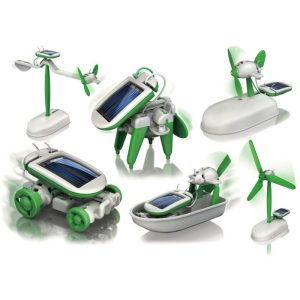 6 In 1 Educational Solar Toy / Robot Kit
6 In 1 Educational Solar Toy / Robot Kit 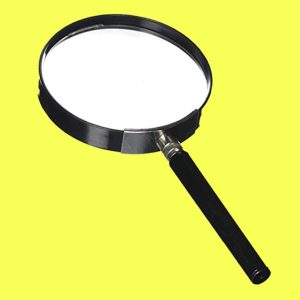
Reviews
There are no reviews yet.